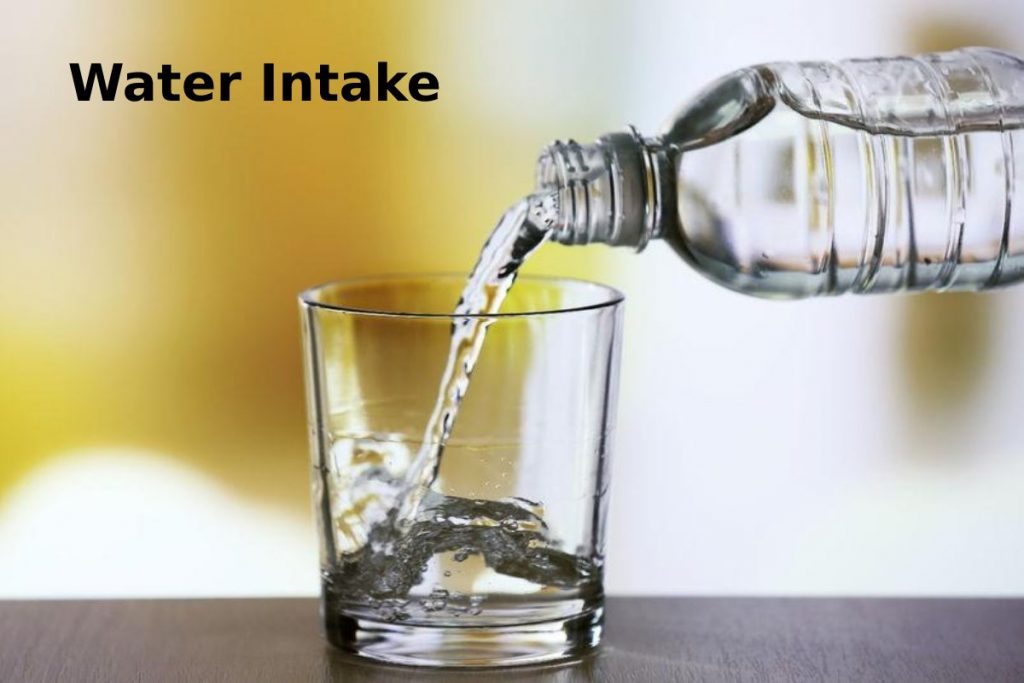Table of Contents
Definition
Total water intake and fluid intake in children. Guidelines on total water intake. Fluid consumption in children. Improving water intake: a cornerstone of children’s lifestyle programs. The promising effect of water intake on the prevention of overweight. Priority action for a healthier children’s lifestyle. Global movement: an example of the long-term development plan
Characteristics of water physiology from childhood to adolescence
Throughout life, many changes occur in the physiology and metabolism of the human body. Thus, the body needs to vary the supply of energy, nutrients, and water from childhood to adulthood. It has been observed that the greatest need for body mass occurs during childhood and adolescence to support growth and physiological development.
The physiology of water changes rapidly during the first years of life and progressively reaches adult physiology in adolescence.
Body water content
Water is the critical constituent of the human body. Overall, it accounts for 60% of an adult’s body weight. This document aims to present the current scientific evidence regarding infant hydration. Physiological development during childhood is very complex; thus, the needs and physiology of water change with age.
This document summarizes current knowledge on the physiology of hydration and water intake in children and highlights the main differences between adults. It deals with the physiology of water, the importance of adequate hydration for health, guidelines, and infant fluid intake, as well as the practices and efforts currently being made to increase water intake in cases where it is suboptimal.
In addition, due to differences in body composition, children have a higher water content relative to their body mass than adults. On average, water accounts for 75% of an infant’s body mass during the first six months of life(Altman, 1961). It then shrinks rapidly between 6 months and two years of age and more slowly during childhood. Reaches the adult level towards puberty (>12 years). It is also from the age of 12 when sex differences appear: water as a percentage of total body weight is reducing faster in girls because, in general, women have a higher rate of body fat than men(Figure 1)(Altman, 1961, Novak, 1989).
Body water balance. Body water balance is defined as the balance between losses and inputs—main water losses in children. Under normal conditions, body water is lost mainly through urine and skin and, to a lesser extent, through the lungs and feces. Water leakage in the urine
The body’s metabolism produces waste that must be eliminating, mainly through urine. The urinary tract, which comprises the kidneys, ureters, bladder, and urethra, farms, stores, and excretes urine.
Water losses through the skin and lungs
Water losses by the skin occur through sweat and insensitive water loss. Sweat is an active mechanism based on the excretion of water and other components through the sweat glands.
However, insensitive water loss does not contain solutes and refers to the evaporation of water by the respiratory tract and by passive diffusion into the skin. Water loss from sweat is low at moderate room temperature and sedentary (EFSA, 2010).
The relationship between body surface area and body mass of children and adults is different. In young children (1-2 years) it is twice as high as in adults. The difference is equating in adolescence, once children have almost reached their adult size. This explains why, until adolescence, children lose more water relative to body mass through the skin than adults in rest conditions and athermal ambient temperature.
The increase in water comes from the water contained in the liquids and foods ingested, as well as from metabolic water .water produced by the body during the oxidation of nutrients.
In both children and adults, the kidneys are the vital organs responsible for regulating the volume and composition of extracellular fluid through complex neuroendocrine pathways. They are the main organs responsible for maintaining electrolyte balance and water balance. They function as selective filters by removing metabolic end-products and adjusting the levels of excreted substances, electrolytes, and water to maintain a constant composition in the blood, thanks to the mechanisms of reabsorption and secretion.


